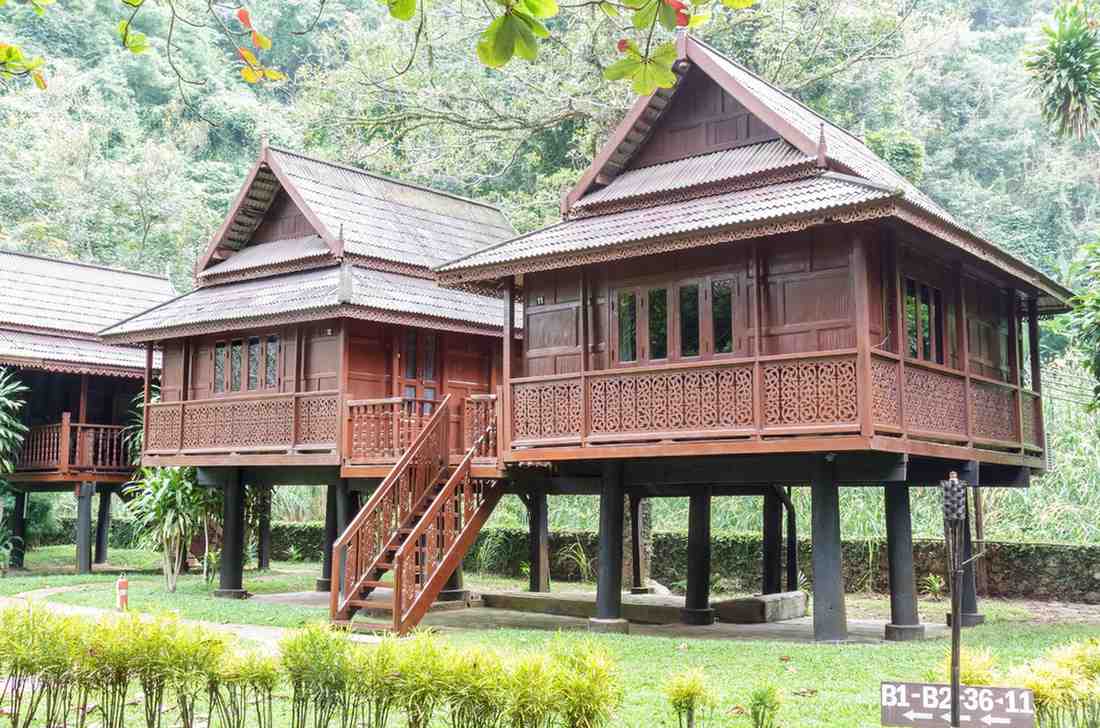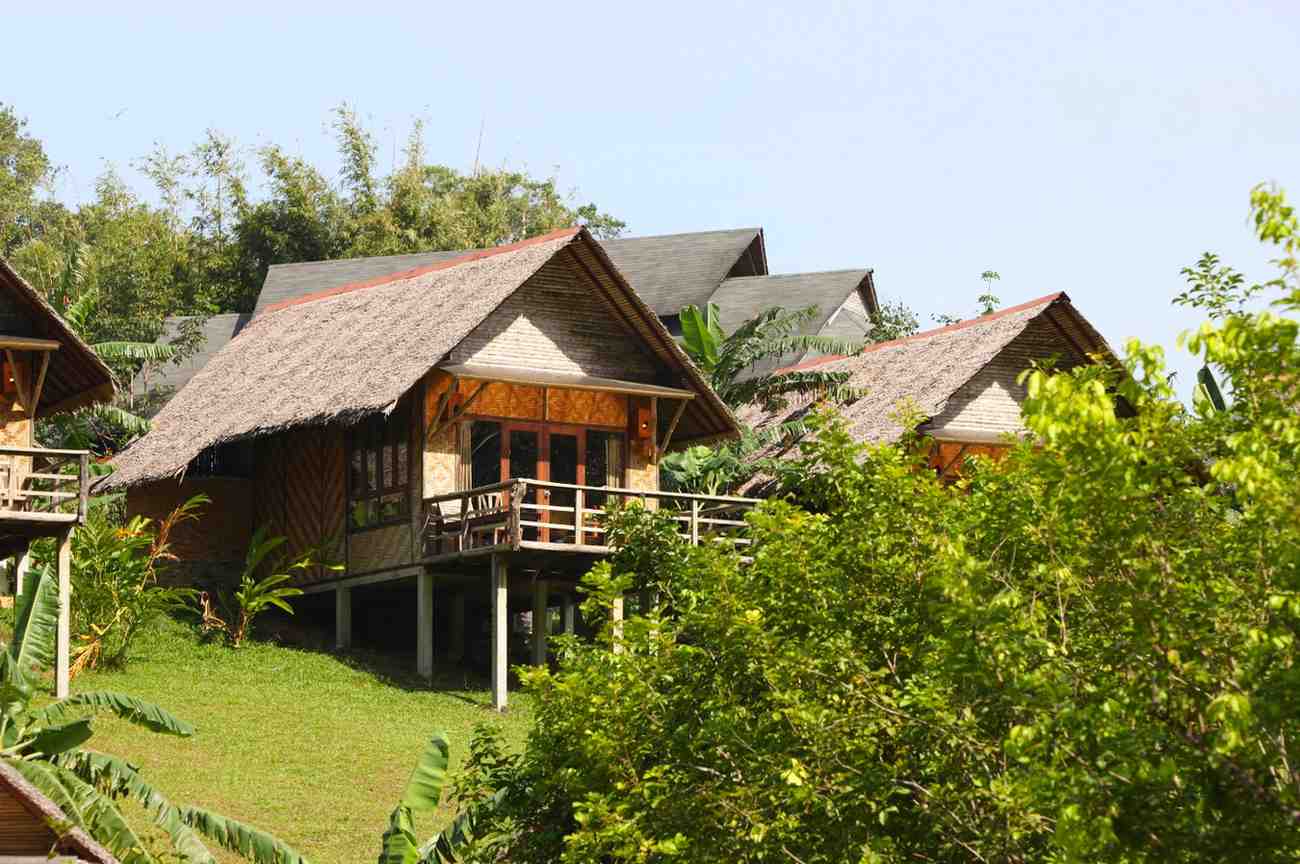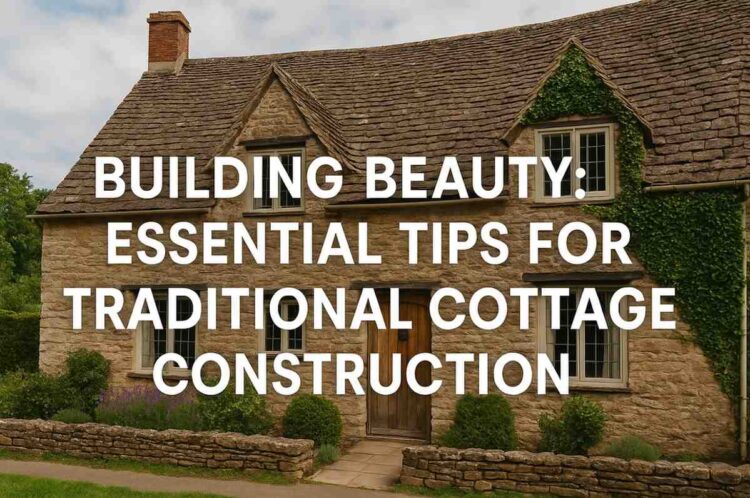There’s something undeniably enchanting about a traditional cottage. With their pitched roofs, timber beams, stone facades, and cozy interiors, cottages evoke a timeless charm that feels both nostalgic and comforting. Whether nestled in the countryside or reimagined in a suburban neighborhood, building a traditional cottage allows homeowners to combine old-world aesthetics with modern functionality. If you’re planning to bring this classic style to life, here are essential tips for creating a beautiful, authentic cottage that stands the test of time.

1. Start with the Right Design Inspiration
Before laying the first stone or cutting the first beam, immerse yourself in the architectural styles that define traditional cottages. English country cottages, French provincial homes, and Irish stone cottages each have distinct characteristics — from steeply pitched roofs and dormer windows to thatched or slate tiles and exposed timber frames.
Collect inspiration from historical homes, design books, or even countryside travel photography. The goal isn’t to replicate a single style exactly, but to capture the essence — the coziness, charm, and handcrafted quality — that makes a cottage feel timeless. Collaborating with an architect experienced in traditional design can help translate your vision into a functional floor plan while keeping the authentic look intact.
2. Choose Authentic Building Materials
The materials you choose play a vital role in shaping both the beauty and durability of your traditional cottage. These homes are admired for their use of natural, locally sourced elements that blend effortlessly with the surrounding landscape, creating a sense of timeless harmony.
Stone and Brick: These sturdy, weather-resistant materials provide a solid foundation and rustic appeal. Using regional stone or reclaimed brick enhances authenticity while adding texture and character to the structure.
Timber: Exposed timber beams, lintels, and window frames infuse the home with warmth and natural charm. Reclaimed or sustainably sourced wood not only offers a rich, aged appearance but also supports environmentally conscious building practices.
Timber Roof Tiles: For a unique, traditional touch, timber roof tiles can be an excellent choice. They add organic beauty, complement wooden elements throughout the design, and age gracefully over time, giving the cottage an authentic, handcrafted look.
Plaster and Limewash: Instead of synthetic finishes, opt for lime-based plaster or a simple whitewash on interior and exterior walls. These materials promote breathability and achieve that soft, aged patina that’s characteristic of heritage cottages.
By using natural, enduring materials, your cottage will not only look beautiful but also blend seamlessly into its natural setting — just as traditional builders intended centuries ago.
3. Prioritize Proportion and Symmetry
One of the secrets to the cottage’s enduring appeal lies in its balanced proportions. Traditional cottages tend to be modest in scale, with low eaves, small windows, and simple layouts that feel intimate rather than imposing.
Avoid the temptation to over-expand or modernize the form too drastically. Instead, focus on achieving harmony — the relationship between the roof pitch, window size, and wall height should feel organic. Additions like dormer windows or small porches can enhance the design while preserving its classic proportions. A well-proportioned cottage feels inviting and cohesive, no matter its size.
4. Blend Modern Comforts with Classic Style
While authenticity is key, there’s no reason your traditional cottage can’t include modern comforts. Smart integration of contemporary systems can enhance livability without compromising aesthetics.
Consider installing underfloor heating instead of bulky radiators, or concealing modern lighting fixtures within wooden beams or plaster ceilings. Kitchens and bathrooms can feature modern appliances paired with classic cabinetry and natural stone countertops to maintain the rustic look.
The key is subtlety — choose finishes, colors, and fixtures that complement traditional materials. This blend of past and present allows you to enjoy the best of both worlds: the charm of heritage design and the convenience of modern living.
5. Pay Attention to the Details
Details bring a cottage to life. From handcrafted iron hardware to wooden shutters and flower boxes, small touches create that authentic, lived-in feel that defines cottage style.
- Windows and Doors: Opt for wooden frames and mullioned windows for a traditional look. Arched or plank-style doors with wrought iron accents add character.
- Roofing: A thatched, slate, or shingle roof contributes to the distinctive silhouette of a cottage. For longevity, consider high-quality composite materials that mimic traditional textures.
- Interior Touches: Exposed beams, stone fireplaces, and built-in nooks enhance the cozy atmosphere. Neutral, earthy tones and soft textures further evoke a timeless countryside feel.
Every handcrafted element contributes to the story your home tells — a story of care, tradition, and enduring beauty.
6. Embrace the Landscape
Traditional cottages were designed to sit in harmony with their natural environment. Whether surrounded by rolling fields, forests, or gardens, the outdoor setting plays a vital role in completing the picture.
Create a landscape that complements your cottage’s charm — winding stone paths, climbing ivy, cottage gardens with lavender and roses, and wooden fences can all enhance curb appeal. Position your home to make the most of natural light and scenic views, just as early builders did centuries ago.
A thoughtful connection to nature ensures your cottage feels grounded, peaceful, and perfectly at home in its surroundings.
7. Work with Skilled Craftsmen
Finally, to achieve true traditional quality, collaborate with builders and artisans who understand historical techniques. Stone masons, carpenters, and plasterers familiar with heritage materials can ensure every element — from the chimney to the joinery — is done with precision and respect for the craft.
Building a traditional cottage isn’t just a construction project; it’s an art form that celebrates craftsmanship and history.

Bringing It All Together
Building a traditional cottage is about more than erecting walls and a roof — it’s about creating a sanctuary that exudes warmth, character, and timeless beauty. By combining authentic materials, thoughtful proportions, and fine craftsmanship, you can create a home that honors tradition while embracing modern comfort.
In a world of sleek, fast-paced design trends, a traditional cottage reminds us of simpler times — a place where the fire crackles, the beams tell stories, and every detail feels touched by human hands.




